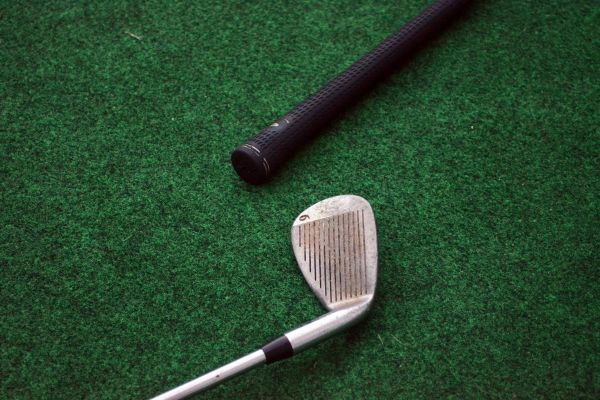When you’re out on the green, your golf clubs are some of your best companions. Every single part of your favourite club contributes to its effectiveness. Specifically, the grip is your only point of contact with the club, which is why knowing everything you can about your golf clubs’ grips can improve your overall game. Let’s dive into the nitty-gritty of golf grips and ensure your clubs are as ready for the course as you are.
Why Golf Grips Matter
The grip is often an overlooked element of the golf club, but any seasoned golfer will tell you—it’s more than just a piece of rubber. The quality, material, and condition of your grips affect everything from your swing technique to your shot accuracy. The right grip can reduce the effort in your hands and increase control, giving you a consistent swing every time. Grips come in various textures, sizes, and firmness levels to accommodate every golfer’s preference and hand size; finding your perfect match can be a literal game changer.
How To Choose the Right Grips
Selecting the right grips involves considering the climate you most often play in, the natural moisture of your hands, and your personal comfort. If you tend to play in a wetter climate or have sweaty hands, grips with more texture or corded grips might be the way to go for that added traction.
If you have arthritis or hand pain, a softer, larger grip that you can hold with less pressure might be the answer for a more enjoyable round of golf.
Remember to get grips that suit the size of your hands. Grips shouldn’t be too large and cause your wrists to become rigid or too small and result in excessive hand action.
How To Handle Worn-Out Grips
Golf grips wear down—it’s a fact. The oils from your hands, exposure to the elements, and general wear and tear can lead to grips losing their tackiness and becoming smooth. So how do you handle worn-out grips? The best way to deal with worn golf club grips is to replace them. Ideally, you should be re-gripping your clubs every 40 rounds or once a year, whichever comes first. A fresh set of grips can revitalise your old clubs, restore your control, and potentially shave strokes off your game.
Maintaining Your Grips for Longevity
Maintaining your grips can help extend their life and your performance on the course. Clean your grips regularly with mild soap and water to remove dirt and oils, and ensure they are completely dry before use. Store your golf clubs in a cool, dry environment to prevent the grips from becoming brittle and slick. Also, periodically inspect your grips for wear and tear; catching signs of damage early can save you from faulty or uncomfortable grips on the course.
Everything you should know about your golf clubs’ grips boils down to this: they are as important as any other equipment in your golf bag. From choosing the right grip to knowing when to say goodbye to an old, worn-out one, these tips are crucial to maintaining your clubs and your standard of play. Pair this advice with golf cart maintenance tips, and you’ll be practically unstoppable on the greens! Now get out there and grip it and rip it with confidence!

